Word from the Smokies: Park launches new training program for gateway businesses
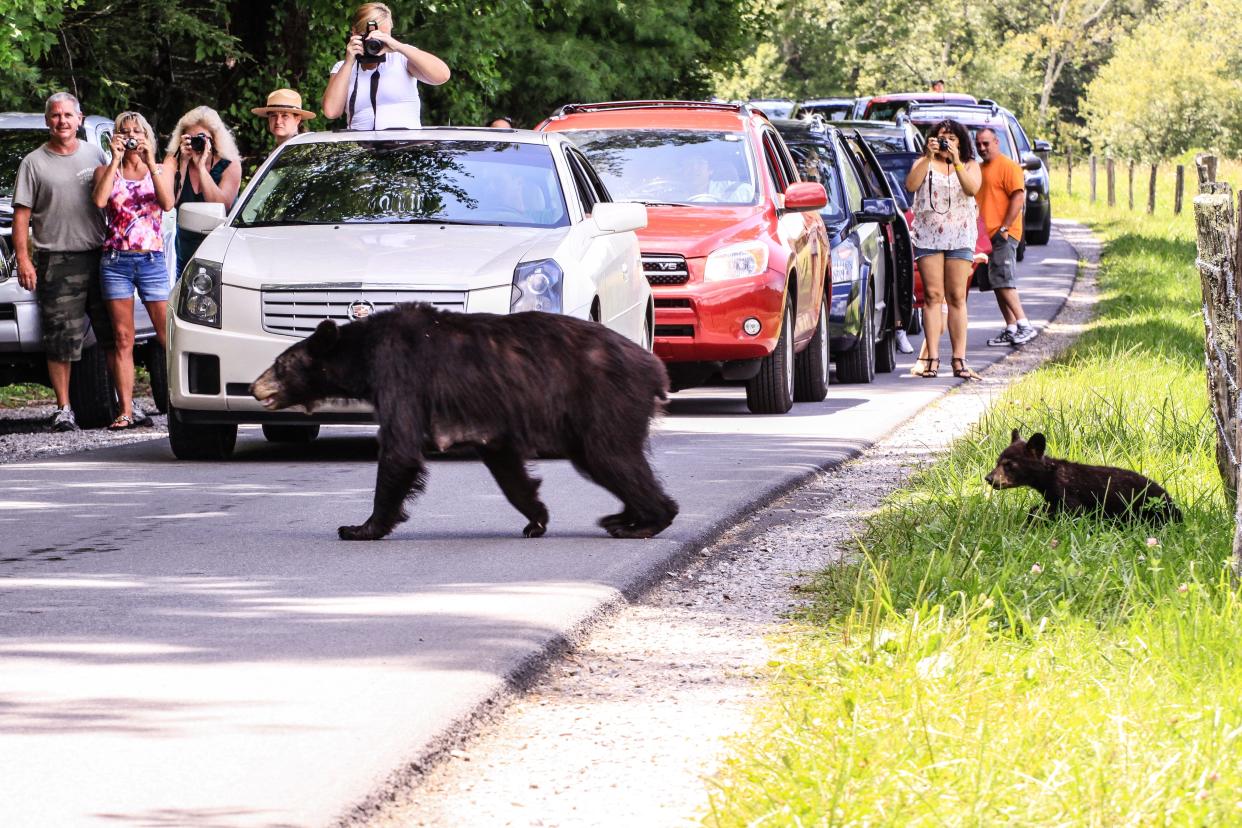
Great Smoky Mountains National Park has the busiest visitor centers in the National Park Service. But even so, only a quarter of its more than 12 million annual visitors enter one before starting their trip.
Instead, many visitors learn about where to go and what to do during casual exchanges with cabin hosts, restaurant servers and retail workers. Through a new training program called Gateway Stewards, the park service is partnering with the myriad hospitality and tourism businesses surrounding the Smokies, equipping their workers to deliver critical information during these encounters.
“We wanted to be able to provide consistent messaging so that it doesn't matter if you're checking in at a hotel or coming into the Sugarlands Visitor Center — you're going to get pretty similar information,” said Julianne Geleynse, an education park ranger and acting science communicator for the Smokies who is coordinating the Gateway Stewards program.
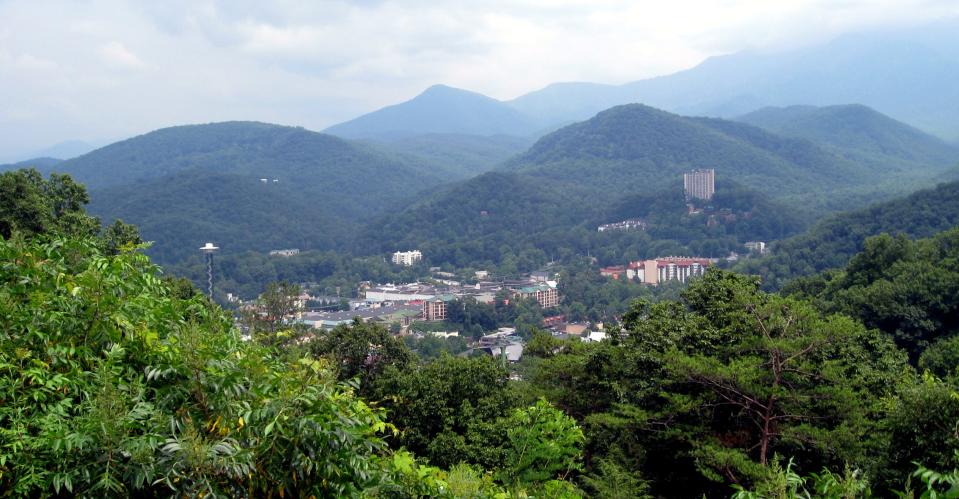
Area businesses have long desired more information and communication from the park service. Limited staffing combined with the need to avoid showing preference to one business over another meant that the park had to turn down such requests. But as Geleynse came into the park’s science communicator role, Chief of Resource Education Stephanie Kyriazis pitched the idea of developing a single presentation that hits on key issues the park wishes to communicate. The concept gained momentum, and Gateway Stewards was born.
The presentation shows Great Smoky Mountains National Park’s position as an “economic powerhouse” of the region, responsible for an estimated $2.1 billion in visitor spending — far more than any other national park. Preserving the park’s cultural history, biodiversity, and scenic vistas is critical to preserving these economic benefits.
The park’s resource management staff worked to identify the top three topics for the presentation to address and landed on weather-related safety, how to safely view wildlife and protect these animals by handling garbage appropriately and Leave No Trace principles. In addition to these topics, the presentation gives an overview of the new parking rules under Park It Forward and includes suggestions for lesser-used places that offer similar experiences to often-congested areas like Alum Cave, Laurel Falls, Rainbow and Grotto Falls, and Clingmans Dome. Front-line workers might instead direct visitors to, among other locations, Hen Wallow Falls, Metcalf Bottoms Trail, or Look Rock Tower Trail on Foothills Parkway West.
“That part of Julianne’s presentation had everybody saying, ‘I need copies of that slide right there,’” said Jane Maurer, business outreach specialist for Smokies Life. “I saw a lot of people taking notes.”
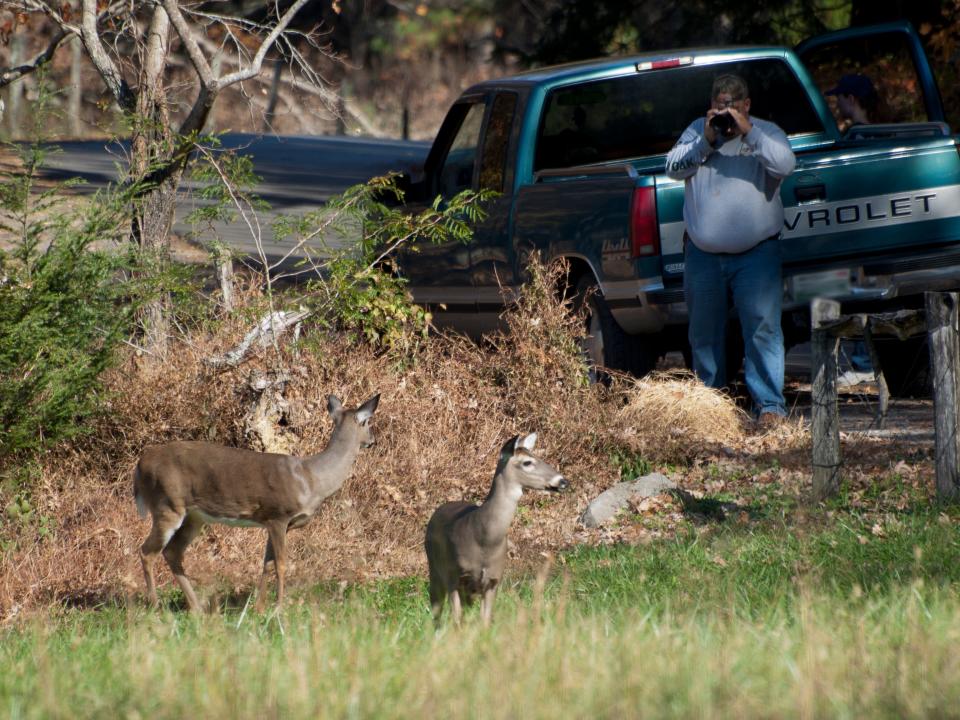
More: Word from the Smokies: Search and rescue volunteer makes big impact on visitor safety
Participants leave with a definitive list of ways they can help — by setting visitor expectations, sharing information about shuttles and alternative locations, encouraging caution when driving the mountain roads, raising awareness of the region’s variable weather, and instructing visitors to keep wildlife safe and the environment healthy by securing their trash, along with other Leave No Trace principles. The presentation also explains where people can take their dogs — the Gatlinburg Trail, the Oconaluftee River Trail, Greenbriar Entrance Road, and picnic areas throughout the park.
Smokies Life and Friends of the Smokies gathered participants from their business membership programs to form the program’s pilot session. These businesses were “thrilled” to be part of it, Maurer said, showing that they “really do have a connection to and respect for the park.”
Pilot participants helped Geleynse identify any material missing from the initial version and create a Frequently Asked Questions website to go along with the program. One participant even suggested the name “Gateway Stewards,” which the park then adopted.
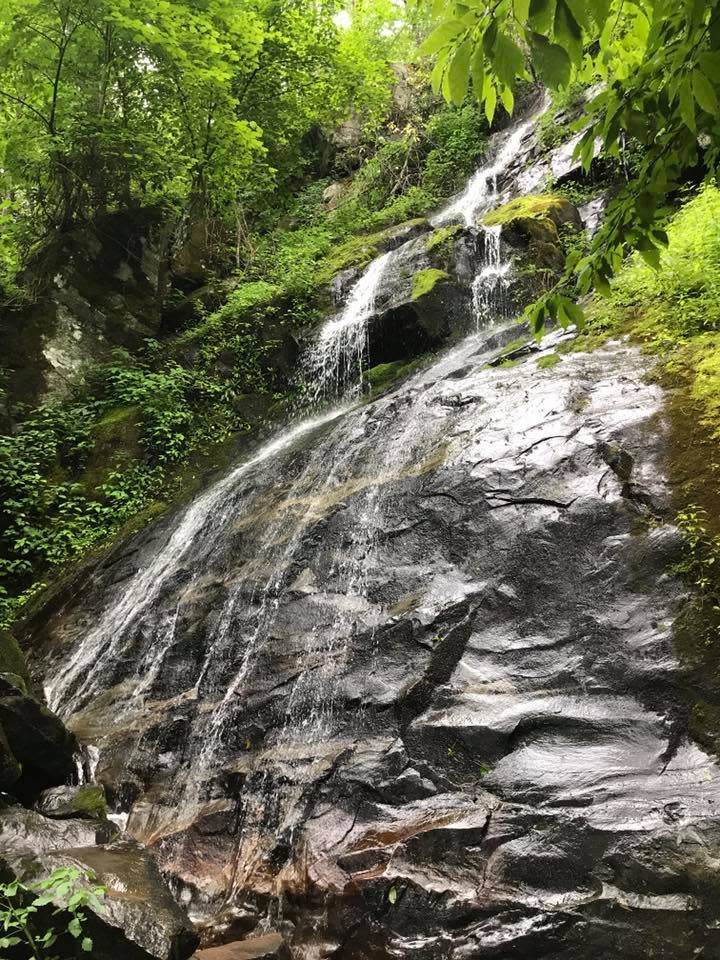
More: Word from the Smokies: DNA study yields new estimate of Smoky Mountain elk population
Thus far, Geleynse has delivered the presentation seven times, once in person and six times virtually. Smokies Life is providing organizational support to manage registration for the program. Going forward, Geleynse expects to offer the virtual training monthly, with a cluster of presentations each spring as businesses onboard new staff for the season. These critical customer service positions tend to have high turnover from year to year.
“Giving our frontline employees the confidence to know the answer or the confidence that they know where to find the answer is very important,” said Cornelia Dobbins, vice president of sales and operations for Hospitality Solutions, which operates ten lodging properties in Sevier County. Dobbins also sits on the board for hospitality associations covering Gatlinburg, Sevier County, and Tennessee. “They are the ones that are talking to our guests every day, every shift. So, the fact that the park has made this training accessible to our employees is invaluable.”
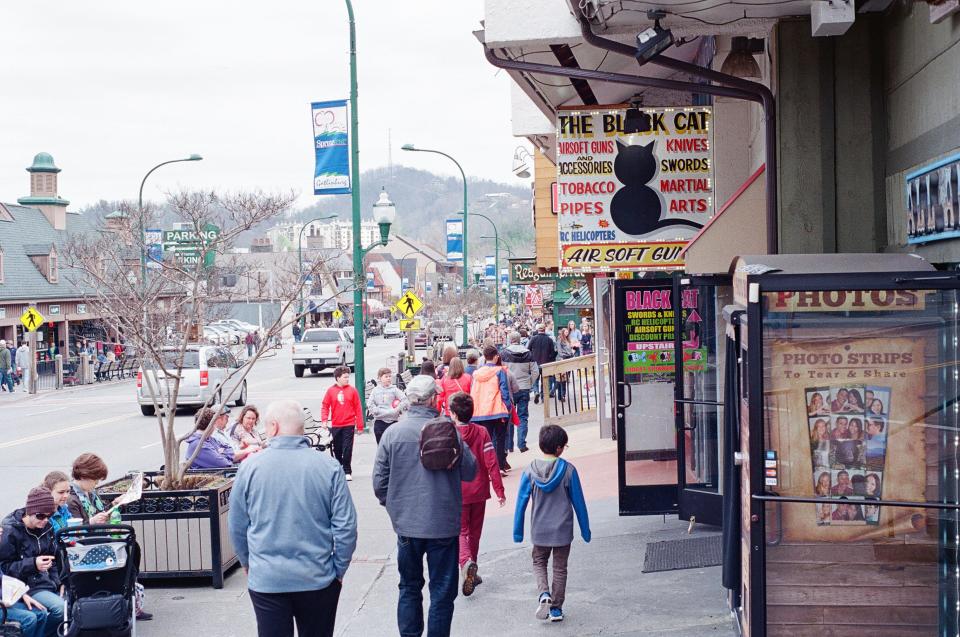
More: Word from the Smokies: Sochan program grows relationship among tribe, park, plants
It's not just seasonal employees who benefit. Tom Wahlgren, manager for Uncle Lem’s Outfitters in Pigeon Forge, lives in Knoxville after relocating from New Jersey four years ago.
“A lot of people are coming in here to see if they can buy parking passes, where they should hike, what they should do, where should they eat,” Wahlgren said. “We’re fielding a lot of those questions.”
He found the training “very informative” in answering the queries visitors often pose about the enormous park in his new backyard.
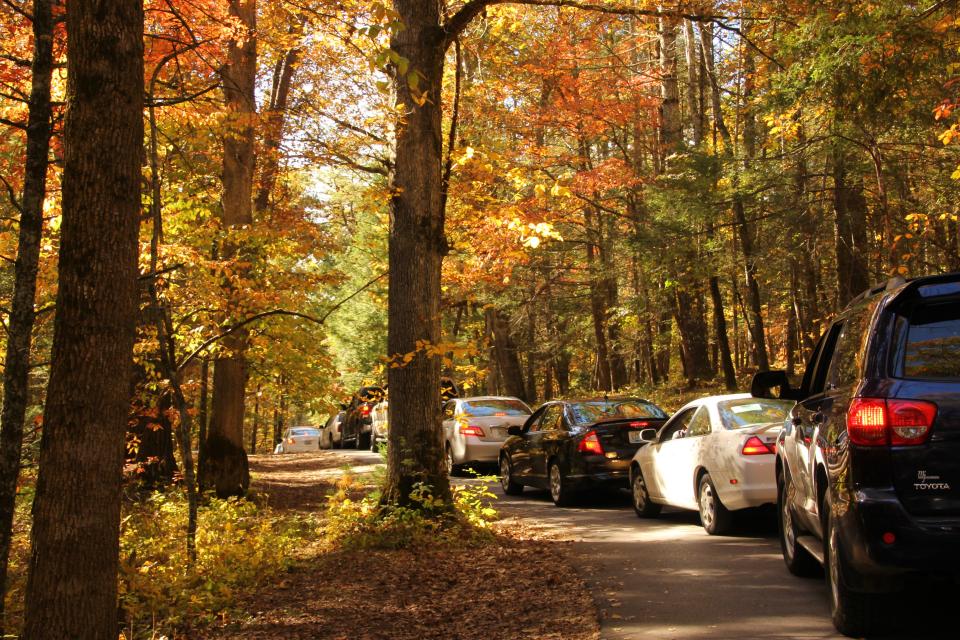
“I love the park, but I have really bad knees, so a hiker I am not,” said Dobbins. “I’ve always tried to steer away from conversations that have to do with that. But after I did the (Gateway Stewards) presentation, I actually talked to some guests in the lobby, and you would have thought that I’d been hiking for years. I was talking about the trails like I’d been on them.”
Geleynse is pleased with the positive feedback the program has received thus far and hopes to see it evolve in the years to come. For now, it’s oriented toward gateway communities in Tennessee, where wildlife and traffic congestion issues are more prevalent, but the park service also plans to design a version targeted toward businesses in North Carolina.
“The individuals that I’ve spoken with are just so happy to have some sort of engagement with the park,” Geleynse said, “because we’ve had to say no for years.”

Holly Kays is the lead writer for the 29,000-member Smokies Life, a nonprofit dedicated to supporting the scientific, historical, and interpretive activities of Great Smoky Mountains National Park by providing educational products and services such as this column. Learn more at SmokiesLife.org or reach the author at hollyk@smokieslife.org. To register for an upcoming Gateway Stewards program, email gateway_stewards@smokieslife.org.
This article originally appeared on Asheville Citizen Times: Word from the Smokies: Park launches new training program for gateway businesses

